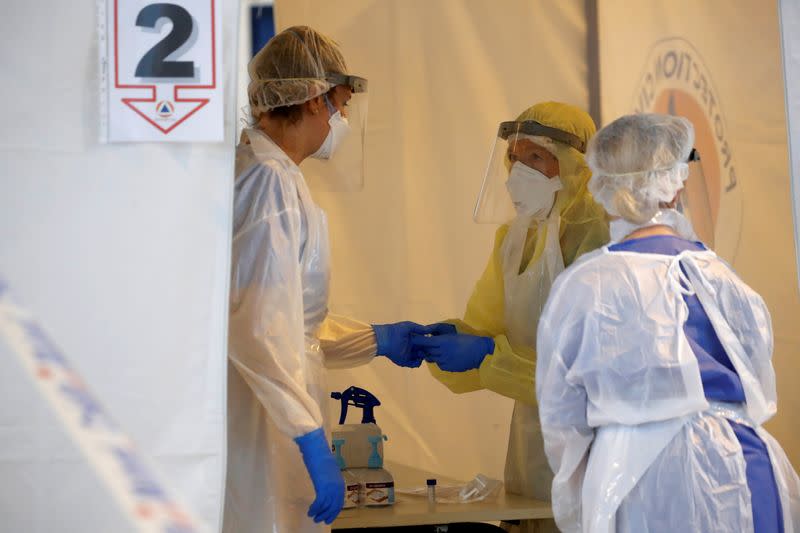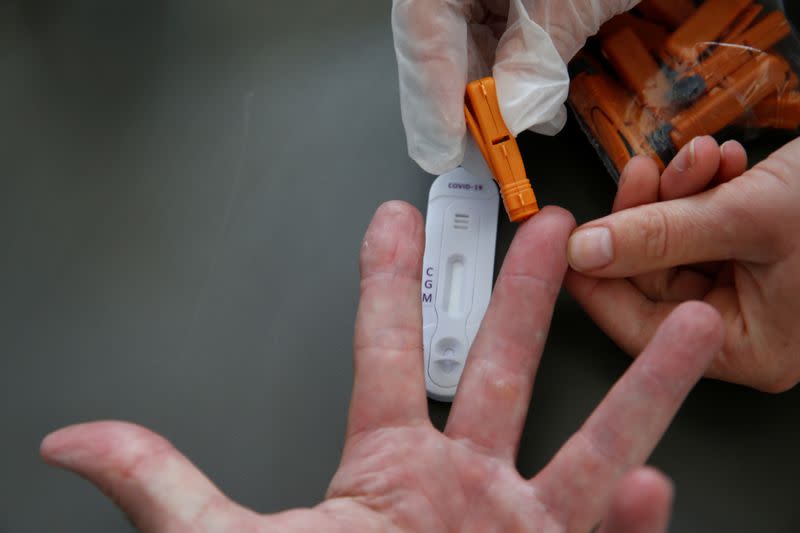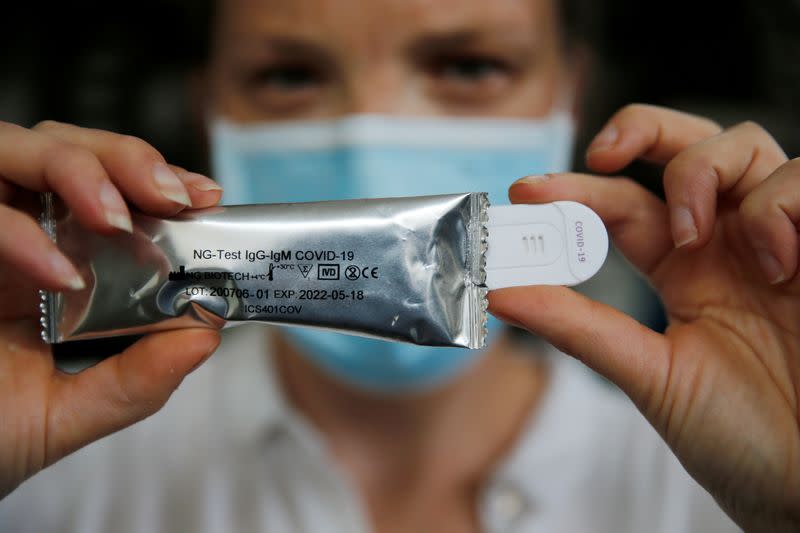COVID-19 transmission rate spikes in France's Brittany region
By John Irish
PARIS (Reuters) - The reproduction rate of the novel coronavirus in France's Brittany region, popular with tourists, has risen sharply in less than a week, according to government data, the latest indication that the virus is again gaining momentum in the country.
The government on Thursday accelerated plans to make it compulsory to wear face masks in enclosed public spaces amid concerns about renewed flare-ups of COVID-19, especially in areas in western and southern France that had been relatively spared during the height of the outbreak between March and May.
According to data released on Friday, the disease's reproduction rate, known as the R0, in Brittany had risen from 0.92 to 2.62 between July 10 and July 14.
The number is one of several indicators authorities are watching when deciding on whether to reimpose tougher restrictions after ending the country's lockdown in May.
A reproduction rate of 2.62 means that each COVID-19 infected person is, on average, passing the disease on to between 2 and 3 other people. A rate of less than 1 is needed to gradually contain the disease.
"It's a worrying number because it means the epidemic is taking off again," Eric Caumes, an infectious disease specialist at the Pitie-Salpetriere hospital in Paris told BFM TV.
The disease has killed more than 30,000 people in France. While it has been under control with fatalities and number of people in intensive care falling, daily cases have increased ahead of the summer holiday season, where people are gathering in larger groups and travellers from abroad have been allowed back into France.
Officials at the public health authority sought to reassure the public saying that there was no major spread of the virus, that new clusters were small and being managed and the rate of infection in the region was just 1.7%.
"For now, we do not have a strong worrying signal," public health official Bertrand Gagniere told reporters in a news conference. "We are still able to contain the clusters."
Caumes said Paris hospitals in June had not seen any new virus cases, but that since the start of July, people were beginning to trickle back in similar numbers to February with two or three sick people a day.
"It is possible that what is happening in Paris is nothing compared to what is happening in other regions of France which were not hit by the first epidemic wave and risk facing an epidemic wave," he said.
(Reporting by John Irish; Editing by Toby Chopra)

 Yahoo News
Yahoo News 


